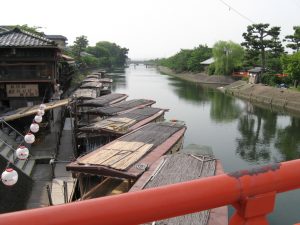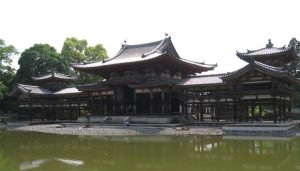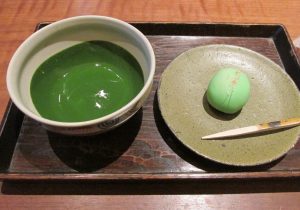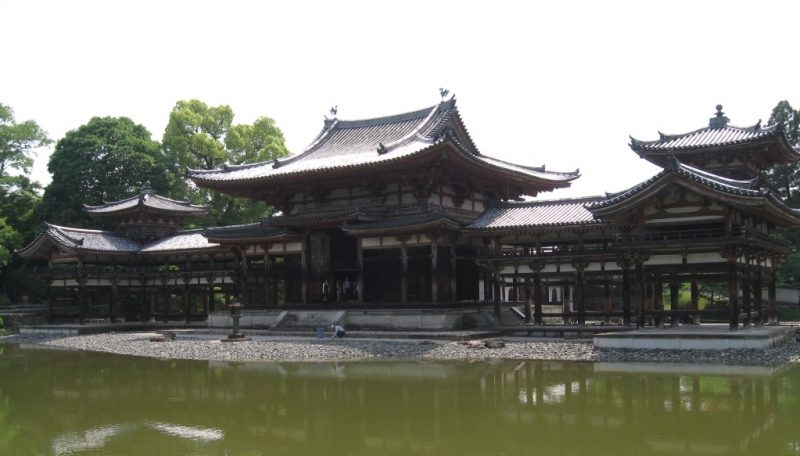
Byodoin Temple
Byodoin Temple (平等院) is an example of Buddhist Pure Land (淨土) architecture. Together with its garden, the temple represents the Pure Land Paradise and was influential in later temple construction. Byodoin was initially built in 998 as a countryside retreat. It was later turned into a temple and construction began on the gorgeous vermillion and white main hall. Almost immediately after its construction in 1053, it was nicknamed “Phoenix Hall” (鳳凰堂). This is due to its shape and the two phoenix statues on its roof which many may recognize as being on the Japanese 10-yen coin.
Ujigami Shrine
Located close to Byodoin Temple is Ujigami Shrine (宇治上神社) another UNESCO recognized site. The shrine was built as a guardian shrine for Byodoin Temple and is believed to be the oldest standing shrine in Japan. The shrine is thought to have around one thousand years of history and is surrounded by lush greenery, adding to its quiet atmosphere. Upon entering the shrine grounds you will see a basin which is fed by a famous freshwater spring. This water, used in tea ceremonies, is among the “Seven best waters of Uji” and is rumored to have special properties.Tale of Genji
Thought to be the first full-length novel in the world, “The Tale of Genji” is perhaps the most well-known work of Japanese literature in the world. Written by Murasaki Shikibu, the tales describe the main character’s love affairs during Japan’s Heian era (794 – 1185). This tale is still read and enjoyed by people today. At The Tale of Genji Museum in Uji, visitors can learn all about this literary and historical masterpiece.Uji Tea






